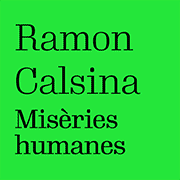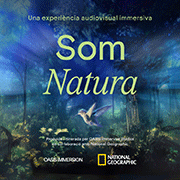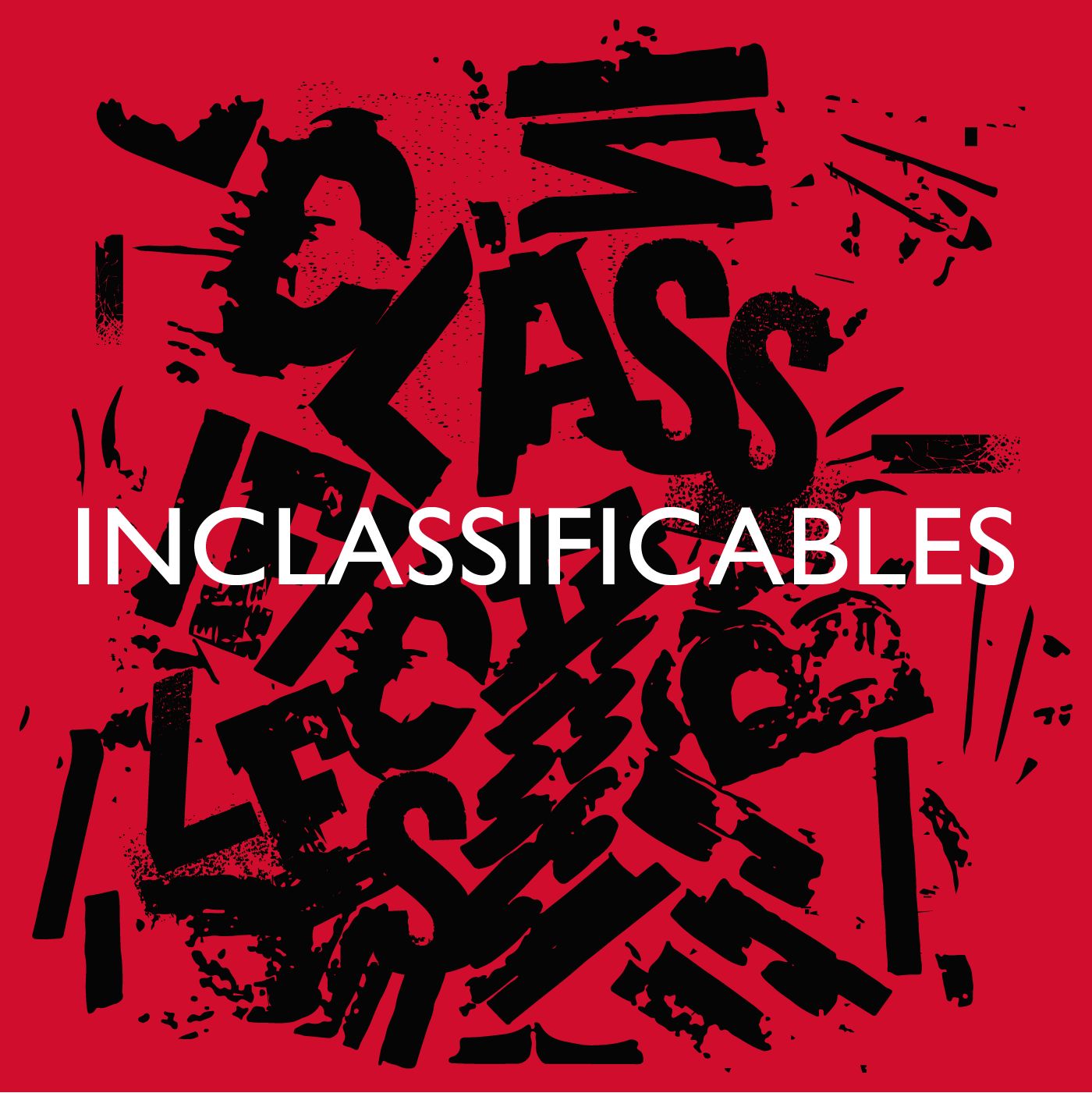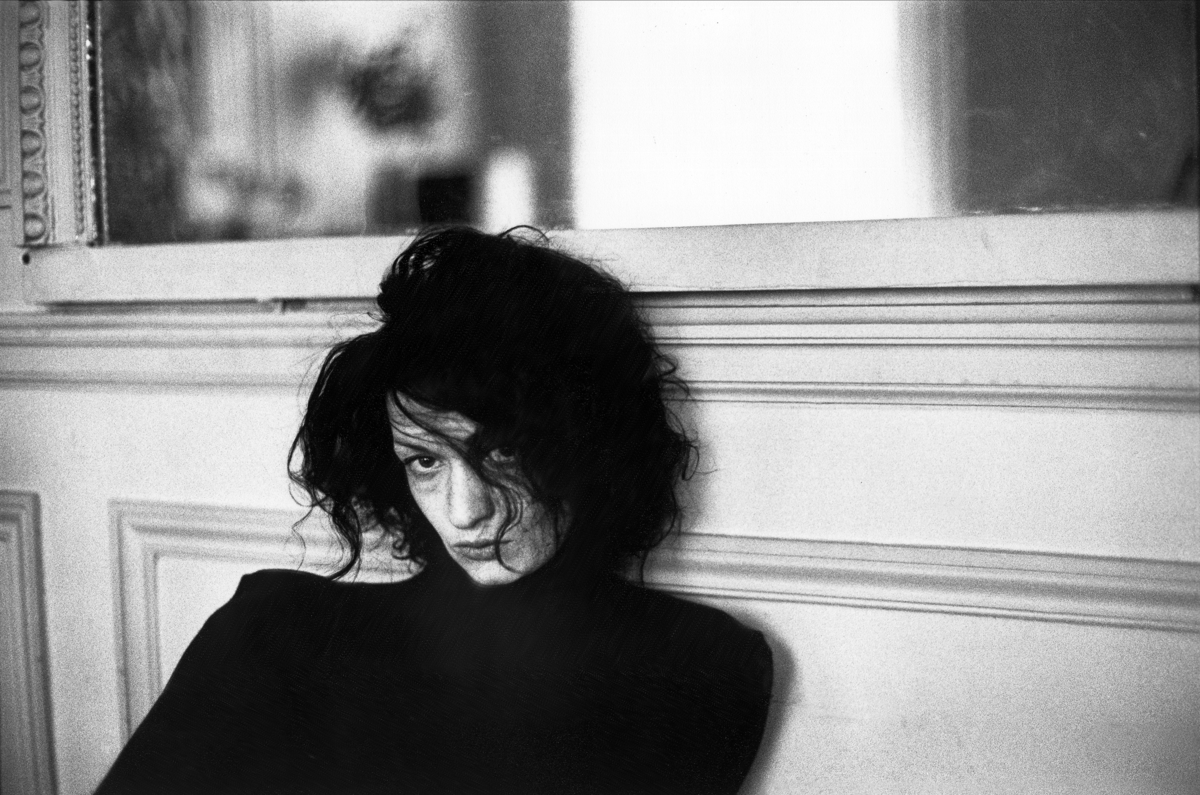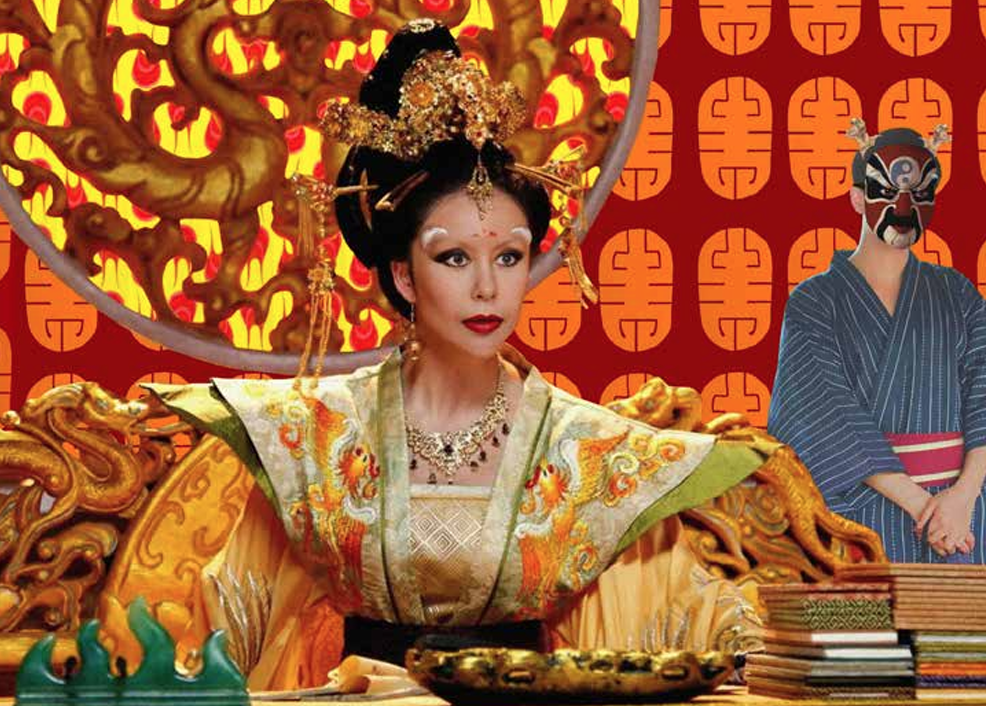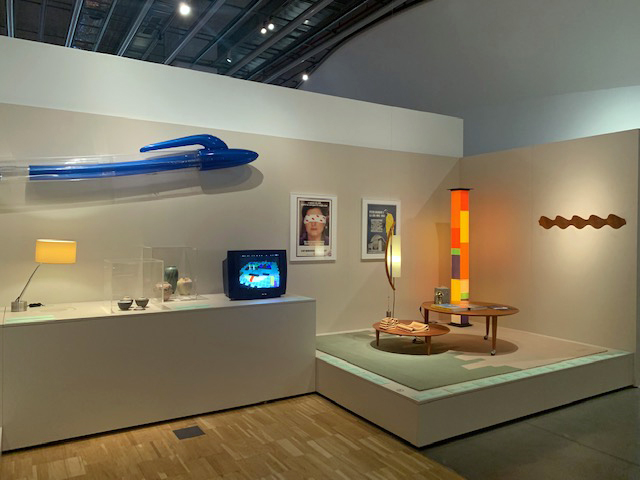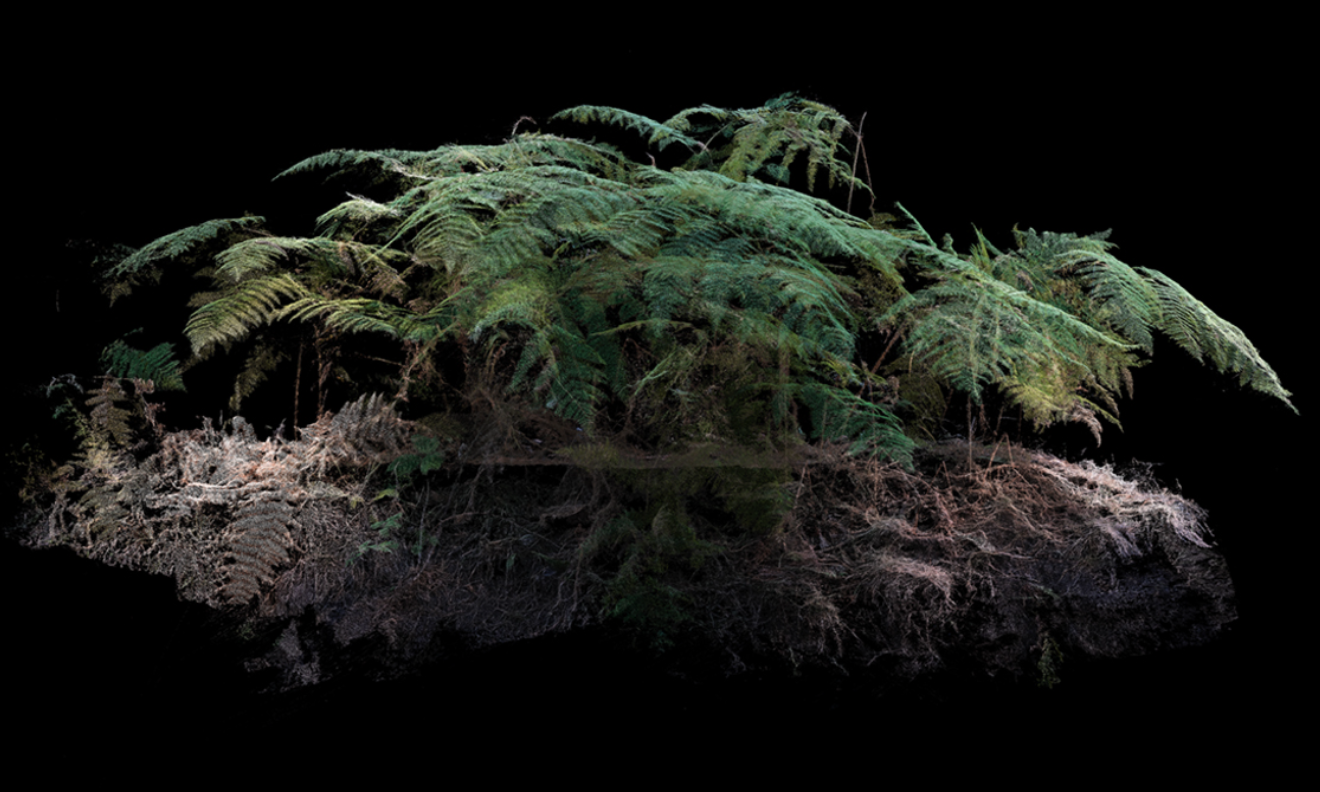Exhibitions
The immortal legacy of Joan Brossa: Poet, Artist and Visionary
'Trash. Expanded Art' and 'Joan Brossa. The mental sensation of a complete happiness' presents us with the best of the disruptive spirit of this creator with Renaissance touches.
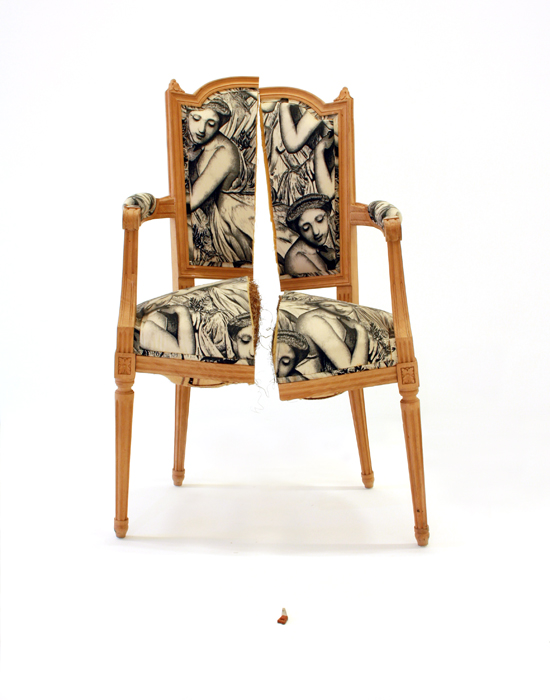
Joan Brossa left an indelible mark on the world of culture and art . His creativity and originality made him an iconic figure in the artistic avant-garde of the 20th century. Through visual poetry, performances and collaborations with other artists, Brossa challenged traditional conventions and explored new forms of expression.
Joan Brossa not only created art, but also challenged the barriers between artistic disciplines, fusing poetry, visual arts and theater into a single artistic language. And now, several exhibitions celebrate one of the key personalities of Catalan art.
The Joan Brossa Foundation at the Liberal Arts Center presents the Joan Brossa exhibition on November 9. The mental sensation of complete happiness , an exhibition curated by Anna Llopis. The exhibition starts from the beginning of the 1940s when the young Brossa, just returned from the military front, comes into contact with the Catalan cultural avant-garde and, with the help of Joan Miró and JV Foix, begins to explore literary and artistic codes . In these years Brossa also founded his creative universe of a surrealist aesthetic with the creation of the magazine Dau al Set, accompanied by Joan Ponç, Arnau Puig, Modest Cuixart, Antoni Tàpies and Joan Josep-Tharrats.
The exhibition wants to show how, from a combative and contesting position, often with biting irony and with the force of conviction, Joan Brossa made the defense of freedom his standard as a poet and a man; and of surprise, imagination and intimate depth, his creative language.
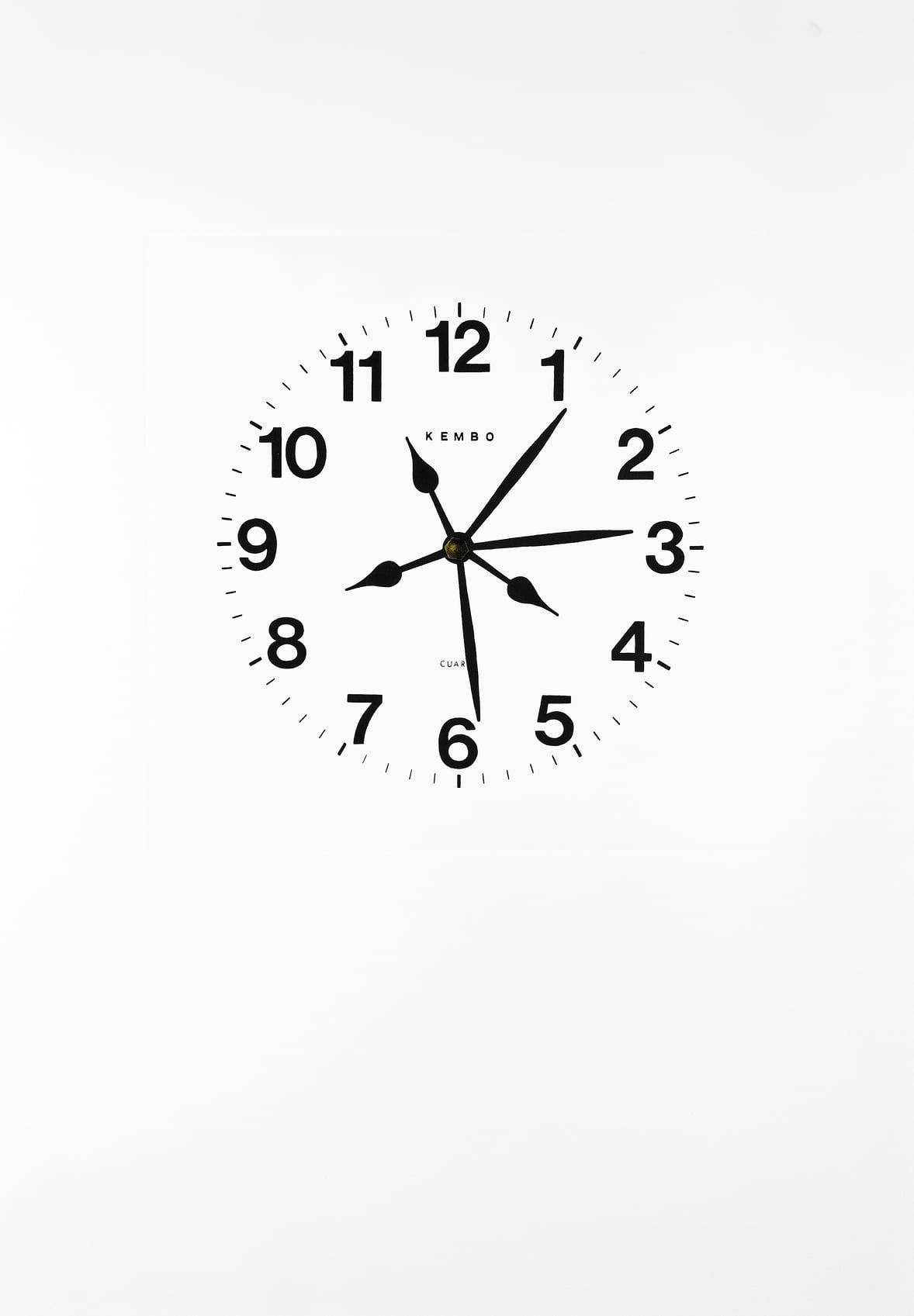
The Miguel Marcos Gallery presents Brossa. Art Expandit , an exhibition structured around three essential guidelines: vindicating the figure of the artist with all his transdisciplinarity (poet, engraver, draftsman, sculptor, theater man, circus man, man who inspires, unwitting media man -ho...); highlight the relationship between the poet and the Miguel Marcos gallery, through a skin made of black and white newspaper photocopies, where a selection of the actions that were jointly organized for more than two decades are exhibited. And, of course, to make visible contemporary authors – the Cabosanroque collective – who claim the validity of this artistic landmark, through a video that lyrically documents the installation dedicated to him in 2016, entitled: "No em vair Joan Trash".
At the level of assembly, the exhibition is organized as a kind of ordered scenography of a hypothetical study, with its complex of latent Diogenes, of coincidentally artistic and inspirational accumulations. Looking for a dream image, a dream come true. Brossa expands us, because he was infinite, subtle and dead. Let us expand it now, with our gaze, poetic or not, which is that of the present and the future, knowing the layers of the past that have existed. Throughout his life, Brossa expressed a constant need to put the art and literature at the service of communication, led him to investigate and experiment with traditional codes that he considered outdated, limited and limiting. Although he considered himself above all, "always a poet", Brossa worked on prose, poetry, theater and film scripts. Although due to his ability to synthesize and adapt to new codes, he considered theater and poetry to be the true avant-garde genres between which there should be no limits, and the close poetic actions are an example of this in the performance he made in the nineties.


